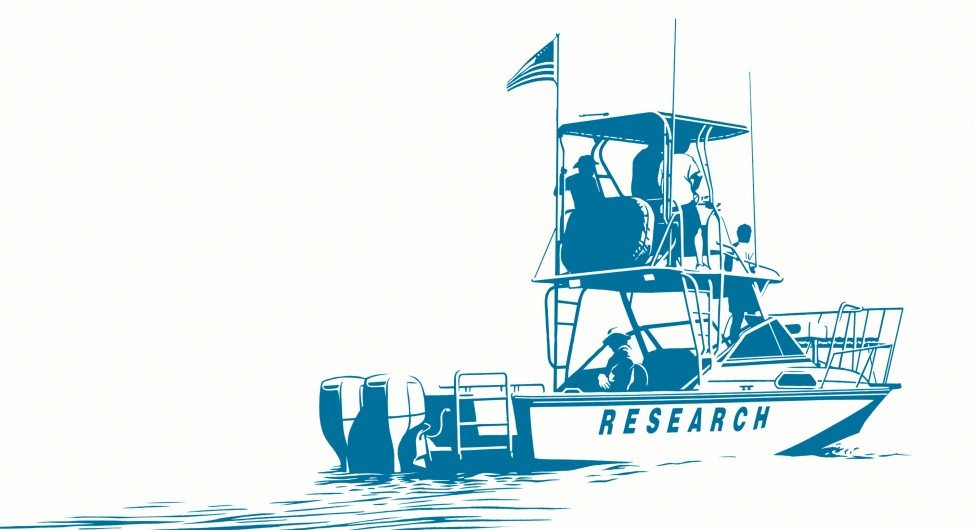Good science and recognising recoveries
Chris Lowe takes a close look at the relationship between science, the media and the public and asks whether ‘the-sky-is-falling’ science is really the only solution for elasmobranch conservation.
The rise of the environmental revolution
A rising human population coupled with a focus on increasing economic growth has resulted in severe impacts on our environment, and the challenges of dealing with these impacts have been battled for decades in many countries, both developing and developed. It was in the early 1960s that scientists like Rachel Carson started sounding the alarm about how pollution, overfishing and the destruction of habitat were greatly affecting our environment and the organisms within it, kicking off what many refer to as the ‘environmental revolution’. This brought forth a new form of activism, one that would highlight the largely ignored creep towards loss of ecosystem function and greatly reduced wildlife populations. Some of the impacts on the environment were clearly visible, yet science still needed to generate sufficient concern among the public – and policy-makers – to stimulate change. Thus the relationship between science, the media and the public became further entwined.
A case in point is the fisheries in the USA and abroad, where sharks, rays and skates – collectively known as elasmobranchs – faced many of the same problems that most other targeted favourites, such as cod, swordfish and tuna, faced. Many elasmobranch fisheries in the USA started when fisheries managers encouraged fishers to switch from an already-depleted species to an ‘under-utilised’ one. Because one fisher’s trash is another’s treasure, most elasmobranch fisheries evolved from being discarded by-catch (trash) to a target (treasure) with the help of new markets. While this strategy helped take pressure off overfished stocks, the distinct lack of basic life-history information for most elasmobranch species led many of these new fisheries down the same path as that of the past – only faster.
By the early 1980s scientists were becoming concerned about rapidly declining catch rates and growing market demand for elasmobranch products. Generating sufficient concern for declining elasmobranch populations was difficult, however, due to a lack of science and the public’s perception of sharks as dangerous animals. In addition, the declines occurred during what many consider to have been the nadir of environmental health in the USA (the 1940s to 1990s), a period when there were minimal regulations regarding water or air quality, wetland protection or safeguarding fisheries.



